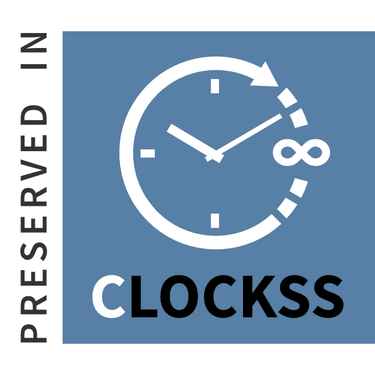Assessment of fluoride level in drinking water sources in Sudurpaschim Province, Nepal
Abstract
Background: Fluoride, a naturally occurring element found in varying concentrations in water, confers preventive effects in dental caries around a concentration of 1 ppm. The study aimed to assess the level of fluoride in drinking water sources in the Sudurpashchim Province of Nepal.
Methods: A cross-sectional study was conducted from April to July 2023 with water samples from natural, municipal, and packaged sources collected in polypropylene plastic bottles from all 9 districts of the province. Three samples from each district's two most populous municipalities (one urban and one rural municipality) were taken. Water samples from the only sub-metropolitan city in the province (Dhangadhi) were also included. Fifty-seven samples were sent to a Nepal Standard-certified lab in Kathmandu for fluoride estimation using the American Public Health Association-approved method. Data were entered in Microsoft Excel and analysed using the Statistical Package for Social Sciences v 22. A p-value less than 0.05 was taken as significant.
Results: Most of the water samples had fluoride levels below 0.1 ppm. The highest fluoride concentration was seen in a sample from a hand pump in the rural municipality of Kanchanpur (0.9 ppm). No significant differences were observed between water samples according to different water sources, geographical regions, or categories of water resources.
Conclusions: Fluoride concentration in water sources of Sudurpashchim is well below the recommended level for caries protection. Measures should be taken to ascertain people get adequate fluoride as needed.
Keywords: Fluoride; Nepal; sudurpashchim; water fluoridation; water sources.
Copyright (c) 2024 Naresh Prasad Joshi, Jagadish Joshi, Abanish Singh

This work is licensed under a Creative Commons Attribution-NonCommercial 4.0 International License.
Journal of Nepal Health Research Council JNHRC allows to read, download, copy, distribute, print, search, or link to the full texts of its articles and allow readers to use them for any other lawful purpose. Copyright is retained by author. The JNHRC work is licensed under a Creative Commons Attribution-NonCommercial 4.0 International (CC BY-NC 4.0).












